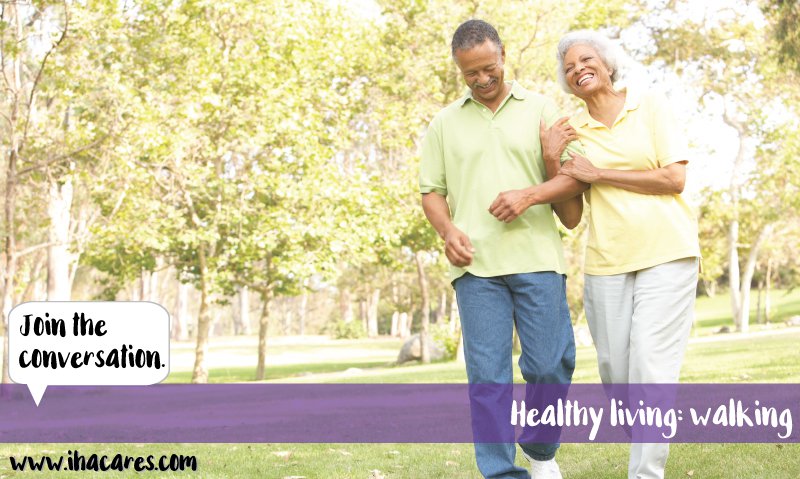
Today, activity trackers like Fitbit, Jawbone or even phone apps are all the rage. These trackers help individuals keep track of their daily activities by monitoring the distance walked, calorie consumption and, in some cases, heartbeat and quality of sleep. Never before have people had such obtainable access to their basic personal health information on a day-to-day basis.
One of the easiest ways to stay in shape, live a healthy lifestyle and get some use out of those activity trackers, is walking. According to Physical Activity Guidelines of America, adults should engage in 150 minutes of moderate-intensity activity each week. That means an adult walking for at least 30 minutes, five days a week can reach that goal, while also reducing the risk of cardiovascular disease and increase longevity.
Engaging in regular physical activity like walking is one of the most important things that people of all ages can do to improve and maintain their health. A few of the many benefits of walking include strengthening bones and muscles, improving balance and coordination, helping maintain a healthy weight and even improving a person’s mood. Another great benefit of walking is that it requires minimal to no equipment. Taking a 30 minute walk is as easy as going outside.
